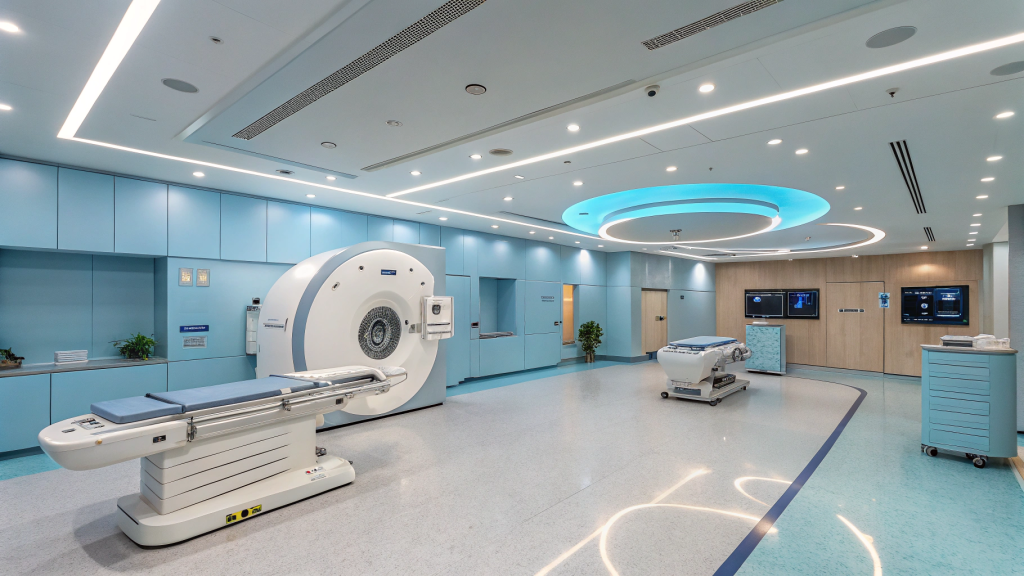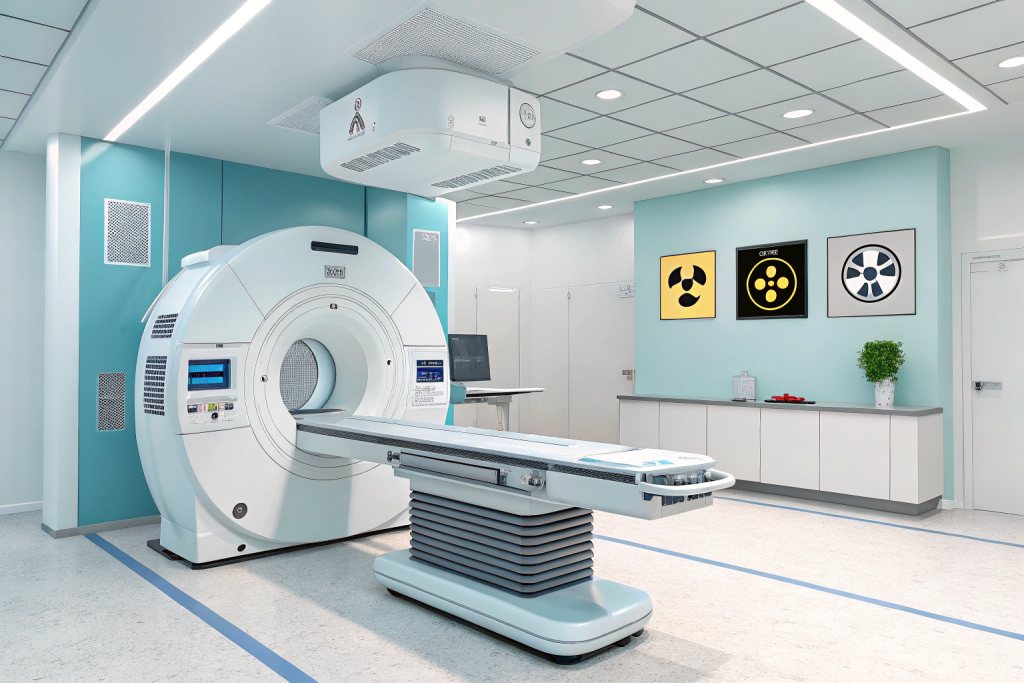Radiation oncology has undergone a remarkable transformation over the past few decades. Thanks to the advent of precision medicine and technological advancements, treatment options have become more tailored, effective, and patient-friendly. One of the most impactful developments in this field is targeted radiotherapy techniques, which allow oncologists to deliver high doses of radiation directly to tumors while minimizing damage to healthy tissues.
In this article, we will explore how targeted radiotherapy works, the most widely used techniques, their benefits, and challenges. Additionally, we’ll address frequently asked questions (FAQs) to provide a comprehensive understanding for patients and healthcare professionals alike.
1. What is Targeted Radiotherapy?
Targeted radiotherapy, also known as precision radiotherapy, is a form of cancer treatment that focuses high-energy radiation beams specifically on cancerous tissues. Unlike traditional radiotherapy, which may affect both cancerous and healthy cells in the treated area, targeted methods use advanced imaging and planning to zero in on the tumor.
Why is this important?
Because it enables:
- Improved tumor control
- Fewer side effects
- Shorter treatment times
- Better quality of life during treatment
2. Key Techniques in Targeted Radiotherapy
There are several targeted radiotherapy techniques that have proven effective in clinical settings. These include:
2.1 Intensity-Modulated Radiation Therapy (IMRT)
IMRT uses computer-controlled linear accelerators to deliver precise radiation doses that conform to the shape of the tumor. Additionally, it modulates the intensity of the beams, allowing for the protection of nearby organs.
Key Benefits:
- Reduces exposure to surrounding tissues
- Allows for higher doses to the tumor
- Often used in prostate, head, and neck cancers
2.2 Image-Guided Radiation Therapy (IGRT)
IGRT combines imaging techniques such as CT scans or X-rays with real-time radiation delivery. As a result, it accounts for changes in tumor position due to breathing or movement.
Key Benefits:
- Real-time accuracy
- Enhanced safety
- Suitable for tumors near sensitive structures
2.3 Stereotactic Body Radiation Therapy (SBRT)
SBRT delivers highly focused radiation in a few sessions (hypofractionated). Consequently, it’s ideal for small, well-defined tumors.
Key Benefits:
- Fewer treatment sessions
- High-dose precision
- Commonly used for lung, liver, and spine tumors
2.4 Proton Beam Therapy
Unlike X-rays, protons stop once they hit their target. Therefore, proton therapy significantly reduces radiation exposure beyond the tumor.
Key Benefits:
- Ideal for pediatric patients
- Reduces long-term side effects
- Effective in brain and spinal cord tumors
3. Why is Precision Important in Radiation Oncology?
Precision in radiotherapy is not just a technological advancement — it’s a lifesaving approach. It offers:
- Reduced toxicity
- Improved tumor targeting
- Shorter recovery times
- Higher cure rates
For example, patients receiving IMRT for head and neck cancers report fewer issues with salivary gland damage compared to those undergoing conventional therapy.
4. Challenges and Limitations
While the benefits are numerous, there are also limitations to consider:
- Cost: Advanced techniques like proton therapy are expensive and not widely available.
- Accessibility: Not all hospitals are equipped with the latest radiotherapy technology.
- Training requirements: Highly skilled professionals are needed to plan and deliver treatment.
Nevertheless, ongoing research and technological innovations continue to bridge these gaps.
Frequently Asked Questions
Q1: Is targeted radiotherapy suitable for all cancer types?
A: Not always. Targeted radiotherapy is most effective for localized tumors. It may not be appropriate for widespread metastatic cancers.
Q2: How many sessions will I need?
A: This depends on the technique used. For instance, SBRT may require as few as 1-5 sessions, while IMRT might be delivered over several weeks.
Q3: Is targeted radiotherapy painful?
A: No. The procedure itself is painless. However, some patients may experience side effects like fatigue, which vary depending on the treatment area.
Q4: Will I lose my hair or feel sick?
A: Side effects are usually localized. For example, hair loss only occurs if the treatment area includes the scalp. Nausea may be a concern if the abdomen is treated.
Q5: Can older adults receive targeted radiotherapy?
A: Absolutely. Many elderly patients benefit from precision treatments, especially since it minimizes side effects and improves overall tolerance.
6. How Targeted Radiotherapy Enhances Patient Outcomes
Thanks to its precision, targeted radiotherapy can be part of a multimodal approach, including surgery, chemotherapy, or immunotherapy. This comprehensive treatment plan often leads to:
- Longer survival rates
- Improved local control of tumors
- Fewer complications
For example, studies show that combining IGRT with chemotherapy for cervical cancer improves both progression-free and overall survival.
7. Innovations on the Horizon
Emerging technologies are taking precision treatment even further. Some promising developments include:
- Artificial intelligence (AI) in treatment planning
- Adaptive radiotherapy that adjusts in real-time
- MRI-guided radiotherapy
- Radiogenomics for personalized therapy based on genetic data
These innovations aim to enhance accuracy, reduce side effects, and offer personalized treatment options.
8. Final Thoughts
Targeted radiotherapy techniques are revolutionizing the field of radiation oncology. Not only do they offer better tumor control and reduced side effects, but they also significantly improve the patient’s overall treatment experience. Because of this, both patients and clinicians are leaning more toward precision methods as the new standard of care.
However, while the benefits are substantial, access, affordability, and infrastructure still remain key challenges. Therefore, broader healthcare policies and investments are crucial to ensure that these life-saving treatments reach all who need them.
9. Key Takeaways
- Targeted radiotherapy is transforming cancer care with more accurate, effective, and less harmful treatments.
- Techniques like IMRT, IGRT, SBRT, and proton therapy are widely used today.
- Side effects are significantly lower, and outcomes are often better compared to conventional radiotherapy.
- Ongoing research and innovation continue to improve treatment accuracy and personalization





